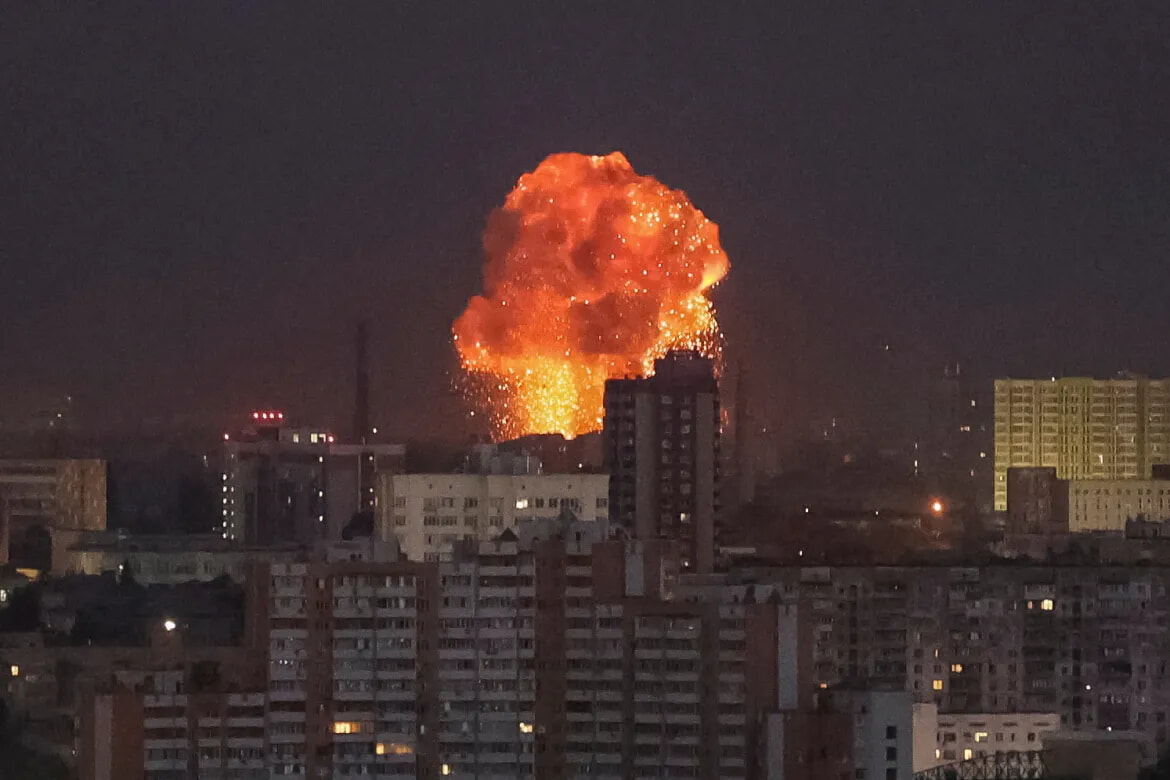
Russia Has Launched an All-Out Barrage of Drones and Missiles Aimed at Ukraine's Capital, Kyiv For 10 Hours
Very scary.
Published July 14, 2025
Advertisement
Advertisement
1. Shadows Over Kyiv
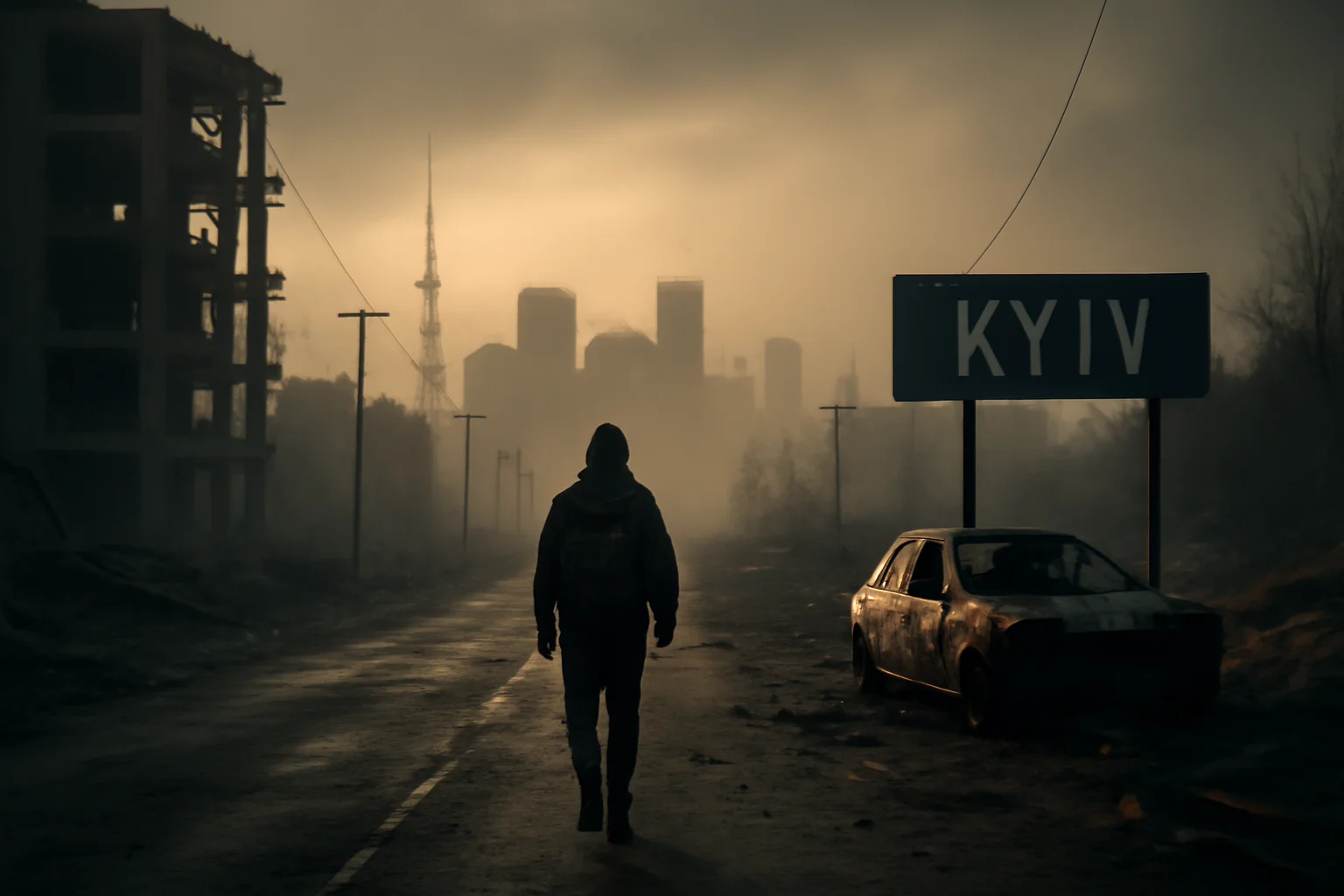
In recent weeks, Kyiv has become the center of a relentless wave of Russian drone and missile attacks that have shattered any illusion of safety for its residents.Families now routinely dash for the cover of metro stations, clutching children and pets, as the city endures bombardments that last deep into the night.These attacks have been marked by the whine of approaching drones and the thunderous blasts of explosions, leaving the skyline ablaze with balls of fire and trails of smoke.On July 10th, another ferocious aerial assault killed at least two people, including a young police officer, and left over twenty wounded, with countless homes and businesses destroyed.For Kyiv’s three million residents, these nights have become both terrifying and routine, as orange flames pierce the darkness and the city’s air is filled with acrid smoke.President Volodymyr Zelenskyy and Ukrainian officials confirm that these assaults are part of a deliberate escalation, with hundreds of drones and missiles launched at once in a show of overwhelming force.Civilian casualties have soared, and the United Nations reports June was the deadliest month in three years, with 232 killed and over a thousand wounded across Ukraine.Even as families seek shelter, entire city blocks burn, hospitals are evacuated, and the simple act of surviving becomes a nightly ordeal.Eyewitness accounts reveal harrowing escapes, like that of a woman who lost her home and nearly everything she owned in a single blast.With every new attack, Kyiv’s resolve is tested, and the psychological strain on its residents deepens.The city’s defenders are pushed to the brink, struggling to intercept a storm of incoming drones and missiles, even as they work to keep the capital’s heart beating.
Advertisement
2. Relentless Barrage

The scale and intensity of the Russian attacks have reached unprecedented levels, as entire waves of Shahed drones and long-range missiles strike from all directions.On some nights, nearly 400 drones and 18 missiles have converged on Kyiv and surrounding regions, forcing civilians to endure hours of sirens and explosions.Residential buildings, vehicles, schools, and healthcare centers have all become casualties in the ongoing siege, with flames and destruction marking neighborhoods once untouched by the frontlines.Kyiv’s authorities reported that in one night, drone wreckage struck the roof of a residential building and started fires across eight districts of the city.The attacks have left hundreds homeless and dozens wounded, with some residents barely escaping with their lives and little more than the clothes on their backs.Hospitals have been overwhelmed by the wounded, and many families are left with no place to turn, as their homes and belongings are reduced to ashes.Underground metro stations, now serving as bomb shelters, are filled with exhausted mothers, frightened children, and elderly residents, all hoping to survive until the morning.Many, like 25-year-old Karyna Holf, have lost everything and now rely on the kindness of relatives or the solidarity of strangers to make it through another day.With each new barrage, Kyiv’s sense of normalcy is further eroded, and the daily rhythm of life is replaced by a cycle of fear, loss, and resilience.The psychological toll is evident as residents speak of sleepless nights, constant anxiety, and a growing sense of exhaustion that never fully fades.Despite the devastation, the resolve of the city remains unbroken, with citizens and emergency crews working tirelessly to protect what little remains.
Advertisement
3. Russia Escalates

Russian military strategy has evolved, shifting toward swarming drone attacks that aim to overwhelm Ukrainian air defenses and erode civilian morale.The latest barrages saw drones approaching Kyiv from multiple directions, at various altitudes, sometimes bypassing the city before circling back in coordinated assaults.This new tactic has made defending the city’s skies even more challenging, as air defenses must now contend with simultaneous, unpredictable attacks from every angle.In a single night, Russia launched nearly 400 drones alongside cruise and ballistic missiles, saturating Ukraine’s defensive capabilities.Authorities report that Ukraine’s air force managed to shoot down or disable the vast majority of these threats, but the sheer scale of the attacks puts constant strain on limited resources.Russia claims it is targeting military-industrial facilities, airfields, and other strategic sites, but the widespread destruction of civilian infrastructure tells a different story.The damage has not been limited to Kyiv alone; cities across Ukraine have suffered from similar attacks, with rising casualties and growing fear among the population.Western analysts note that Russia’s increasing use of decoy drones and “strike packages” is designed to both break Ukraine’s air defense system and undermine civilian confidence in their government’s ability to protect them.The attacks come as part of a broader summer offensive, with Russian forces also ramping up ground assaults along the 1,000-kilometer front line.Ukraine’s defenders, already stretched thin by months of fighting, now face a pivotal and dangerous period as Russia seeks to exploit its numerical and technological advantages.As the attacks intensify, so does the urgency for international support and innovative defensive solutions to meet this new phase of the conflict.
Advertisement
4. Response and Fractured Diplomacy

Efforts to broker a ceasefire or negotiate peace have stalled, even as the violence in Ukraine reaches new heights.President Donald Trump, after multiple rounds of talks with President Putin, has voiced public frustration with the lack of progress, denouncing the Russian leader’s promises as “meaningless.”Despite repeated threats, the United States has yet to impose the sweeping new sanctions on Russia that Trump has floated, such as massive tariffs targeting countries that purchase Russian oil and gas.Diplomats from Europe and the United States continue to meet with their Russian counterparts, but the dialogue has thus far yielded little movement toward de-escalation or compromise.Germany’s Chancellor Friedrich Merz recently declared that diplomatic options are “exhausted,” and the focus among Western allies has shifted to strengthening Ukraine’s defenses and punishing Russia economically.A bipartisan U.S. Senate bill now seeks to impose a 500% tariff on nations supporting Russia’s energy trade, hoping to cut off the funds that fuel the war machine.Meanwhile, Kyiv presses its allies for more urgent shipments of air defense systems and interceptor drones, as the supply of crucial Patriot missiles and other vital arms has faltered in recent weeks.Italy and Germany have pledged to provide new missile batteries and financial support, while Britain is sending thousands of Thales air defense missiles under a long-term agreement.Even with these pledges, delays in delivery and uncertainty about American policy leave Ukrainian officials and civilians on edge, fearful that the promised help may arrive too late.With every day that passes without a diplomatic breakthrough, the stakes rise for Ukraine’s survival and the future of European security.The world watches as the city endures, hoping that stronger international action can tilt the balance back toward peace and recovery.
Advertisement
5. The Night of Fire
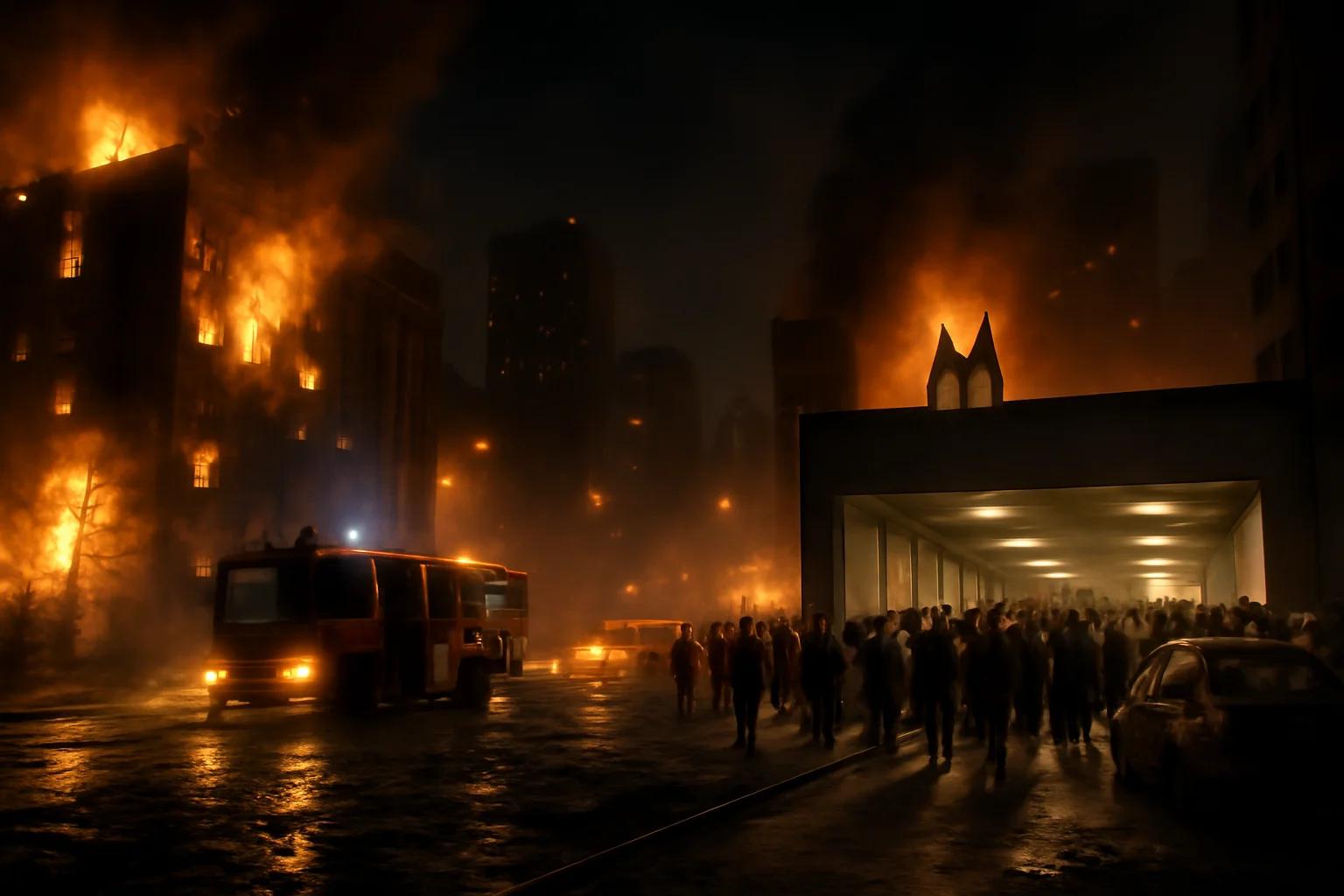
On the night of July 10th, Kyiv became the stage for one of the most intense and coordinated aerial attacks of the entire war.Hundreds of drones and nearly twenty missiles streaked toward the city, converging from every direction in a sustained assault that lasted for almost ten hours.As air raid sirens blared and explosions echoed across the skyline, families rushed underground, filling metro platforms and sheltering in darkness.Firefighters battled blazes in residential buildings and office complexes, while emergency services raced to pull survivors from the rubble.Amid the chaos, the Ukrainian air force reported a stunning success, shooting down or disabling most of the incoming threats, but even this heroic defense could not prevent all the destruction.Debris from drones and missiles rained down on city streets, shattering windows, igniting fires, and leaving entire neighborhoods scarred.Eyewitnesses describe the terror of the night: the constant drone of engines, the sharp crack of detonations, and the eerie glow of fire lighting up the night.In the aftermath, the city counted its losses: two dead, over twenty wounded, and countless lives upended in a matter of hours.Kyiv’s mayor and emergency officials surveyed the damage, reporting dozens of buildings burned, vehicles destroyed, and vital infrastructure crippled.For the residents, the experience was both familiar and surreal—a reminder that, despite their resilience, the threat from above is ever-present.As dawn broke, survivors emerged from shelters to find their city changed once again, battered but unbowed.
Advertisement
6. Human Cost: Stories from the Shelters
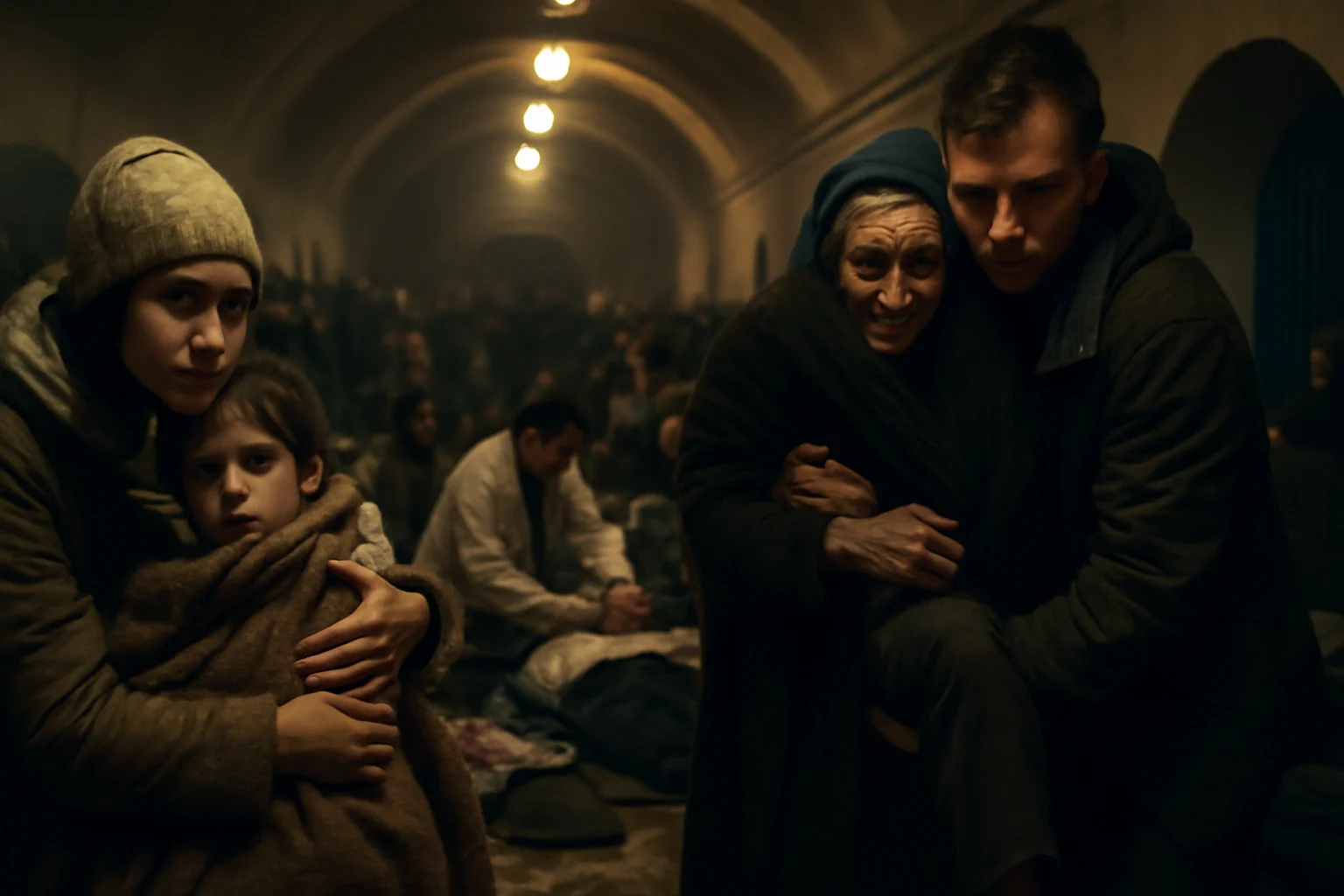
Behind every statistic lies a personal tragedy, as ordinary Ukrainians struggle to cope with the relentless assault on their homes and families.Children are hurried into blankets and basements as parents try to comfort them through the noise and fear of the night.Elderly residents, some unable to walk unaided, are carried by neighbors to the safety of underground metro stations, where the air is thick with anxiety and exhaustion.Healthcare workers perform triage in improvised shelters, treating wounds and offering what comfort they can to those who have lost everything.Many survivors recount narrow escapes, like the family whose apartment was obliterated by a direct hit, leaving only ashes and broken memories.For some, there is gratitude for survival; for others, despair at the loss of homes, livelihoods, and loved ones.Subway station workers describe crowds of a thousand or more, including dozens of children, huddling together night after night, hoping to outlast the bombardment.The psychological toll grows with each attack—sleeplessness, constant vigilance, and a sense of exhaustion that seeps into daily life.Civilians face the additional burden of uncertainty, never knowing when the next siren will sound or what will be left standing in the morning.Despite the hardship, many express defiance, a refusal to let fear dictate their lives or drive them from the city they call home.As each day begins, Kyiv’s people rise to rebuild, drawing strength from each other and from the conviction that, somehow, they will endure.
Advertisement
7. Battle for Air Superiority

Ukraine’s air defenders have become the city’s last line of protection, intercepting hundreds of threats night after night with limited resources.The technological arms race is fierce, with Russia now producing more than 5,000 drones a month, some equipped with advanced artificial intelligence to evade interception.Ukraine’s dynamic tech sector once kept pace with Russian innovations, but recent months have seen Moscow seize the initiative, deploying swarms of attack and decoy drones in overwhelming numbers.Interceptor drones and advanced air defense systems, especially the U.S.-made Patriot missiles, have proven vital but remain in short supply.Ukrainian officials warn that delays in deliveries from Western partners could prove disastrous, as each new attack threatens to outstrip the country’s defenses.The U.S. has recently resumed some shipments of critical munitions, including 155mm artillery rounds and precision rockets, but questions remain about long-term support.Ukrainian engineers and scientists are working around the clock to develop indigenous solutions, including new drone interception technology under projects like “Clear Sky.”Still, for every innovation, Russia responds with a fresh escalation—more drones, smarter guidance systems, and relentless barrages designed to wear down both materiel and morale.The balance of power in the skies remains uncertain, with both sides adapting and countering in a deadly game of technological chess.The outcome of this struggle may well determine not just the fate of Kyiv, but the trajectory of the entire conflict.For now, the city’s survival depends on a combination of ingenuity, international support, and the courage of those who defend its skies.
Advertisement
8. Divided Loyalties
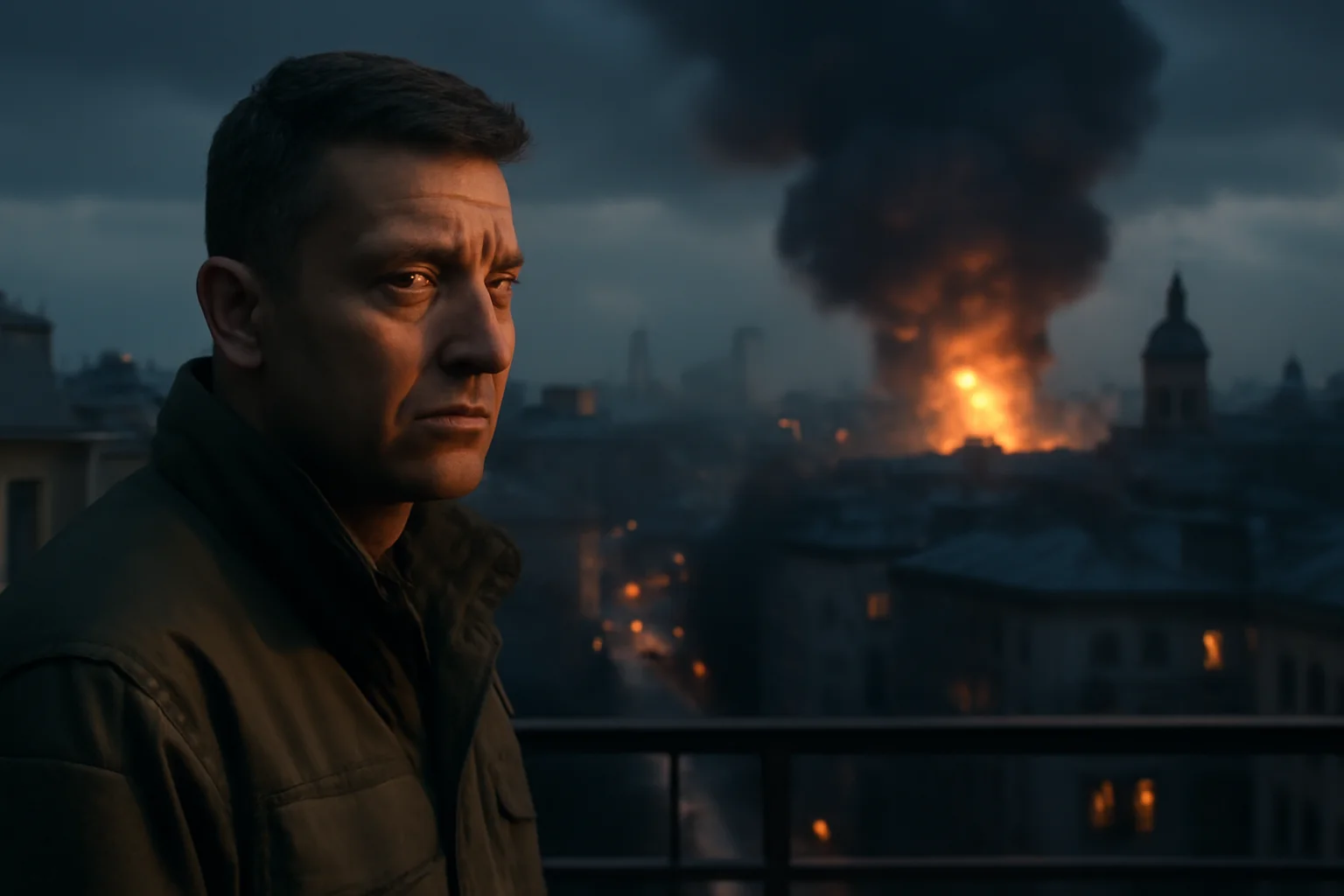
The ongoing crisis has exposed deep divisions among Ukraine’s international partners, as shifting alliances and political calculations play out on the world stage.President Trump’s administration has vacillated between promises of robust military support and periods of hesitation, driven by concerns over dwindling U.S. stockpiles and growing impatience with Russia’s defiance.Congressional efforts to tighten sanctions on Russia face opposition from nations that continue to buy Russian oil, with China and India identified as key enablers of Moscow’s war effort.European leaders, too, have been forced to confront the limits of diplomacy, with Germany and Britain stepping up military aid even as they express frustration at the lack of progress toward peace.Within Ukraine, the pressure to replace diplomatic envoys and defense officials reflects the mounting urgency for new approaches and more decisive leadership.Economic warfare now accompanies the physical battle, as sanctions, tariffs, and international pressure are wielded in the hope of breaking Russia’s resolve.The Kremlin, for its part, remains steadfast, brushing off Western criticism and doubling down on its commitment to the war, regardless of mounting casualties or economic pain.With each new attack, the diplomatic window narrows, and the possibility of a negotiated settlement fades further into the background.Ukrainian leaders are left to navigate a shifting landscape of promises and threats, never certain if the next round of talks will bring relief or simply buy more time for their adversary.The stakes extend far beyond Kyiv, as the outcome of this conflict will reverberate across Europe and shape the balance of power for years to come.As the world debates and negotiates, the people of Ukraine wait, hoping for decisive action before their city is pushed past its limits.
Advertisement
9. The Expanding Front

While Kyiv suffers under aerial assault, the broader front lines of the war are equally volatile and deadly.Russian forces have launched new offensives along the 1,000-kilometer front, pressing their advantage in manpower and materiel against Ukraine’s increasingly stretched defenses.Villages and towns near the front have endured some of the deadliest bombardments of the conflict, with drone and missile strikes killing civilians and destroying vital infrastructure.Recent attacks in eastern Ukraine have left scores dead and wounded, underscoring the relentless nature of the Russian advance.Despite heavy losses, Ukrainian soldiers continue to hold the line, fortified by the knowledge that every day they resist buys precious time for their country.Russian Defense Ministry statements boast of precision strikes on military facilities, but the reality on the ground is widespread destruction and mounting human suffering.With each advance, Russian troops seize more territory, while Ukrainian forces rely on Western aid and their own ingenuity to mount counterattacks and slow the enemy’s momentum.The battle has become a test of endurance, as both sides pour resources into a conflict with no clear end in sight.For the civilians trapped in contested areas, survival often means fleeing to safer regions or enduring under siege, dependent on humanitarian aid and the hope of eventual liberation.The specter of escalation looms over the entire region, as neighboring countries scramble jets and bolster defenses in anticipation of possible spillover.Kyiv’s fate remains deeply intertwined with the broader struggle along the front, as every victory or setback reverberates across the nation.
Advertisement
10. The Long, Dangerous Road Ahead
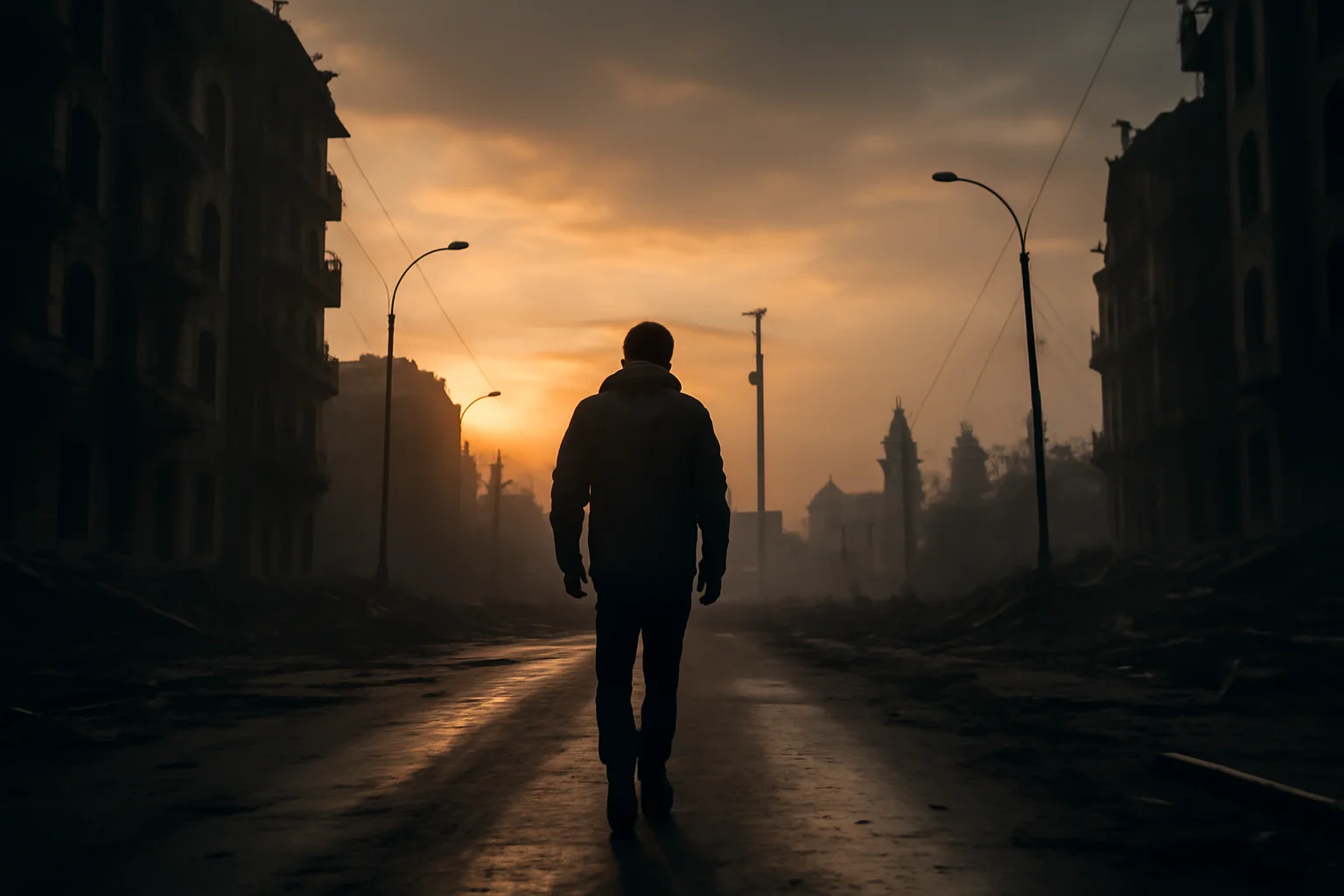
As the war grinds on, the people of Kyiv and Ukraine brace for an uncertain future, marked by the constant threat of attack and the relentless toll of conflict.Political leaders in Kyiv and abroad continue to debate strategies, weigh new sanctions, and plan further aid, but the pace of change is agonizingly slow for those on the ground.Families attempt to rebuild amidst the ruins, clinging to routines and small acts of defiance that assert their dignity and resilience.Engineers and volunteers race to repair damaged infrastructure, restore power and water, and provide shelter for the displaced.Hospitals and emergency services operate at the breaking point, delivering care and comfort to those wounded in both body and spirit.Every new promise of international support brings hope, but also frustration at the bureaucratic obstacles that delay life-saving assistance.Kyiv’s leaders call for more than words—they demand action, innovation, and a unified front against aggression that threatens not only their city, but the values of the democratic world.For now, each night brings new dangers, each dawn a chance to count the cost and begin again.Despite exhaustion, fear, and loss, Ukraine’s capital stands—a symbol of endurance in the face of overwhelming odds, and a testament to the unbreakable will of its people.The world’s attention is fixed on Kyiv, watching, waiting, and hoping that endurance will one day give way to peace and renewal.
Advertisement
Advertisement
You May Also Like






